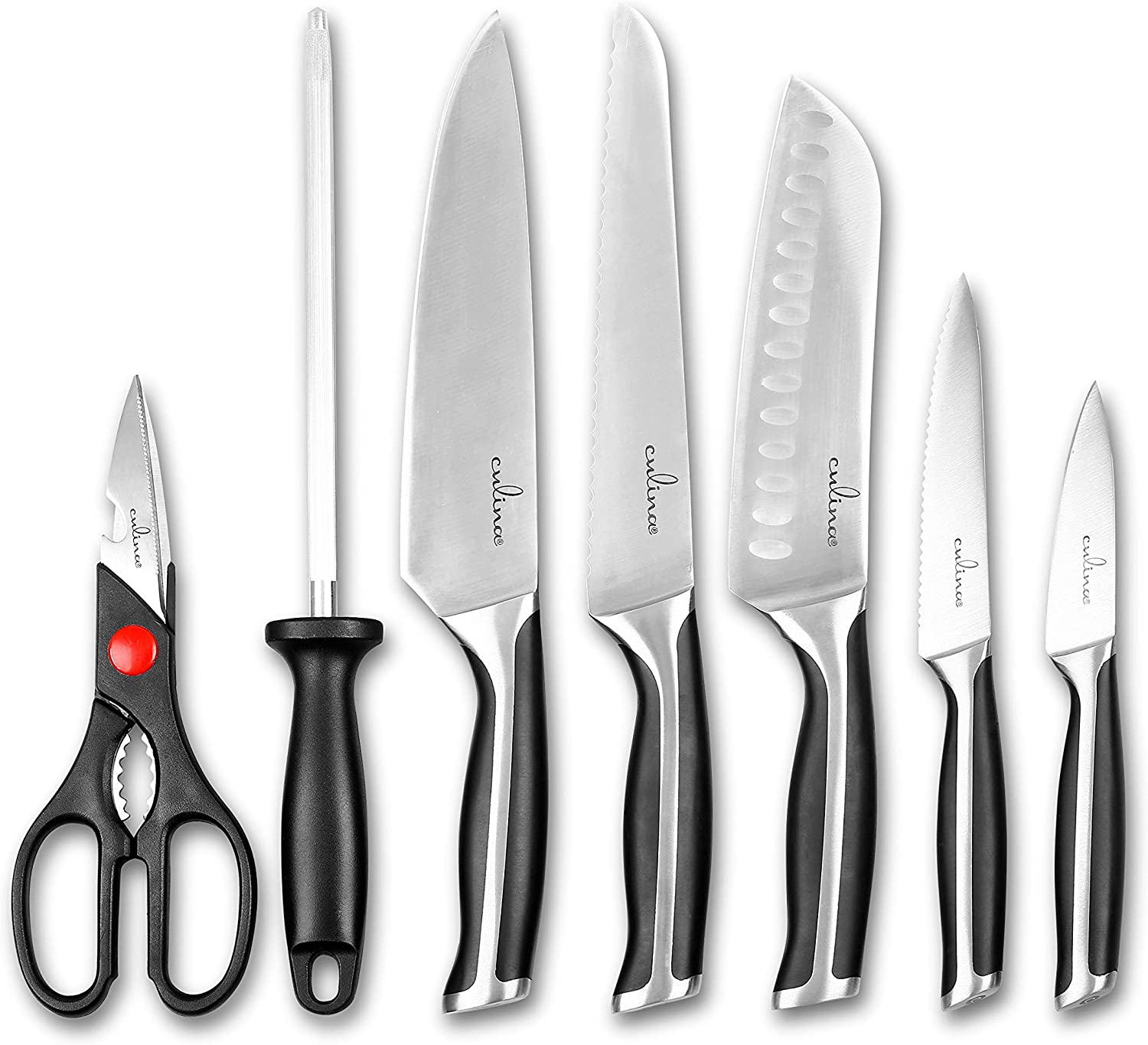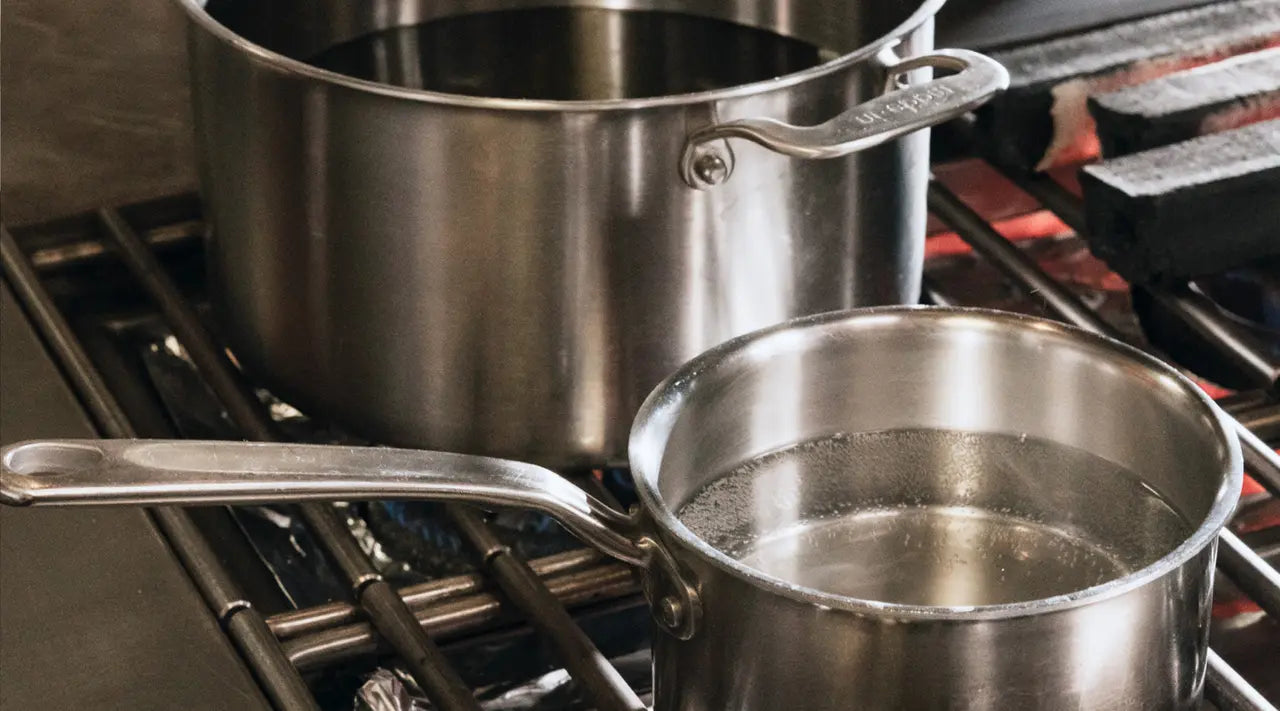When it comes to cooking, **lifting the lid off a saucepan** seems like a simple task. However, for **kitchen professionals**, knowing the correct way to do this can greatly affect safety and cooking efficiency. In this article, we will explore the *right techniques*, proper *safety measures*, and what to avoid when lifting the lid off a saucepan.

Why Proper Technique Matters
The saucepan is a fundamental piece of equipment in any kitchen. Whether you are boiling pasta, making sauces, or preparing soups, the lid serves various functions, including controlling evaporation and maintaining temperature. Knowing **what is the correct way to lift the lid off a saucepan** ensures that you harness all these benefits while minimizing risks like burns and steam exposure.
Understanding the Mechanics
Before diving into techniques, lets break down the mechanics of a saucepans lid. Saucepan lids are typically designed to fit snugly, trapping steam and heat. This design is efficient for cooking but can lead to serious accidents if not handled correctly.
When the pot reaches a boiling point or if there is a lot of moisture, the steam builds up underneath the lid. If you suddenly lift it off, hot steam can escape rapidly, causing burns or scalding. Hence, having a proper understanding of pressure release is crucial.
Step-by-Step Guide on Lifting the Lid
Heres a comprehensive step-by-step guide on *how to lift the lid off a saucepan safely*:
- Prepare Your Workspace: Make sure your area is dry and free from clutter that could become dangerous while handling hot cookware.
- Use the Right Tools: A well-fitted pot holder or heat-resistant glove is essential. Opt for tools that provide a good grip.
- Lift at an Angle: When lifting, tilt the lid away from you. This allows the steam to escape safely and reduces the risk of any burns.
- Be Mindful of Steam: Always lift the lid slowly to let the steam release gradually. Remember that the contents of the saucepan are likely very hot, so keep your distance.
- Place the Lid Safely: Once lifted, find a stable place to put the lid down. This prevents accidental burns and keeps your workspace organized.

Common Mistakes to Avoid
Its all too easy to develop bad habits in the kitchen. Here are common mistakes to be wary of:
- Avoid lifting the lid directly over your face or body. Always angle it away from you.
- Dont rush the process. Lifting the lid too quickly can lead to increased steam release and higher injury risks.
- Be careful of water splashes, especially if you are cooking with liquids that may boil vigorously.
Tips for Different Cooking Situations
The technique for lifting the lid may vary depending on what you are cooking:
- Boiling Pasta: When boiling pasta, it helps to slightly lift the lid and allow steam to escape. This prevents an overflow situation.
- Making Sauces: Frequent monitoring is essential. Carefully tilt the lid to check the consistency while allowing circulation of steam.
- Cooking Soups: Always let the lid breathe to avoid rapid pressure build-up. Steam should escape gradually.

Incorporating Safety Practices
Being in a professional kitchen environment necessitates safety. Here are some *safety practices* to incorporate:
- Regularly check for burn marks on both lids and pot handles to ensure they are not excessively hot.
- Train staff on correct lid lifting techniques as a part of basic safety training.
- Keep away children and pets from busy work areas to avoid accidents.

Further Reading
For a deeper understanding of saucepans and their usages, check out these informative resources:
Frequently Asked Questions
-
What should I do if I get burned?
If you accidentally get burned, immediately run cool water over the area for at least 20 minutes. Seek medical attention for severe burns. -
How do I know if the lid is too hot to touch?
Always test the temperature with the back of your hand first. If it feels too hot, allow it to cool before attempting to lift. -
Can I use tools like a spatula to lift the lid?
Its best to use tools designed for heat resistance. Avoid using materials that can compromise your safety.
As an Amazon Associate, I earn from qualifying purchases.






Leave a comment
This site is protected by hCaptcha and the hCaptcha Privacy Policy and Terms of Service apply.